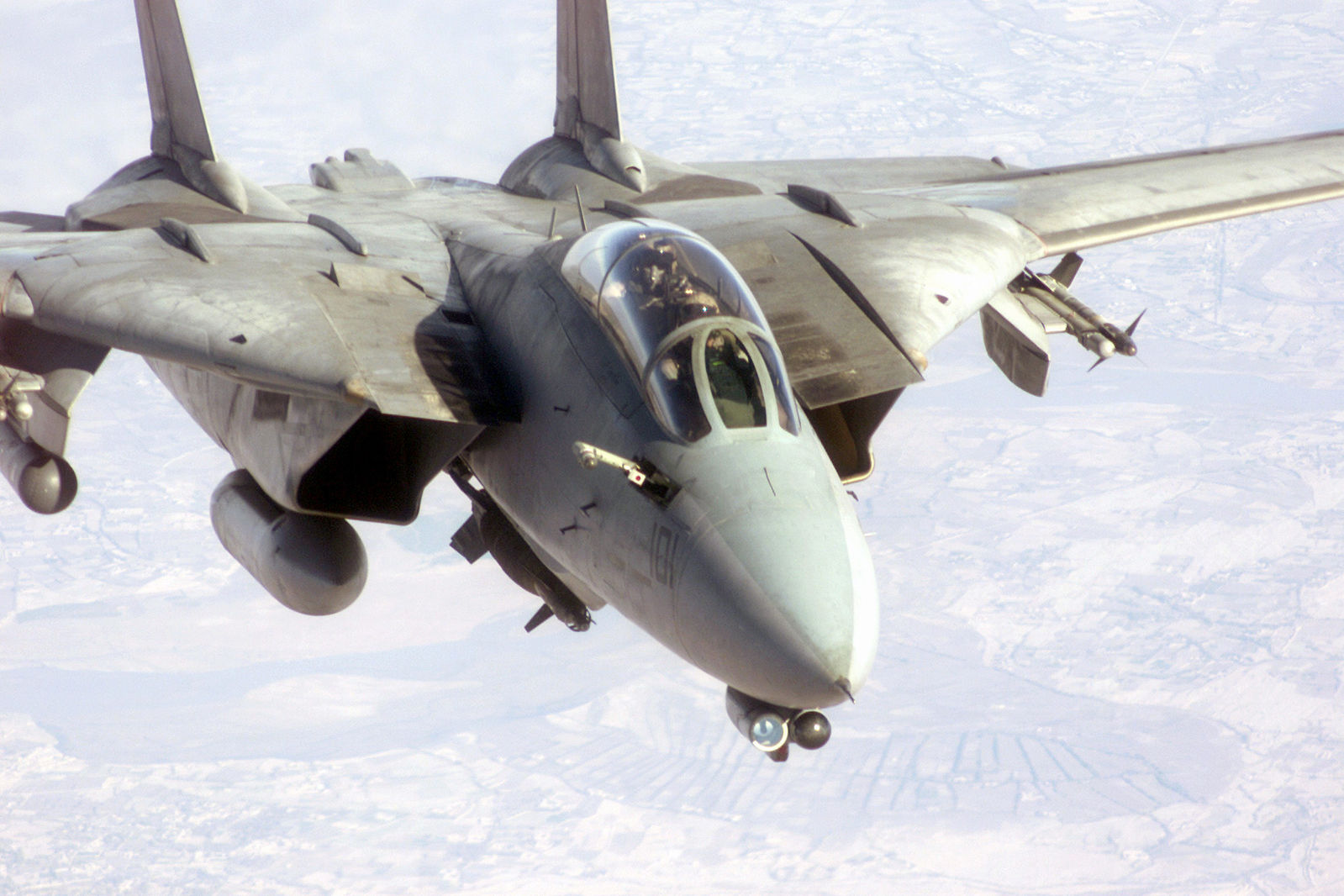
Within the chronicles of U.S. military aviation history, the F-14 Tomcat stands out as an aircraft that has significantly captured the imagination.

The jet’s variable-sweep wings, twin engines, and potent armament made it a symbol of aerial dominance from its debut in the 1970s until its decommissioning in 2006.

However, the saga of the Tomcat goes beyond its military role; due to geopolitical concerns and national security, numerous F-14s were dismantled to thwart the transfer of classified technology to Iran.
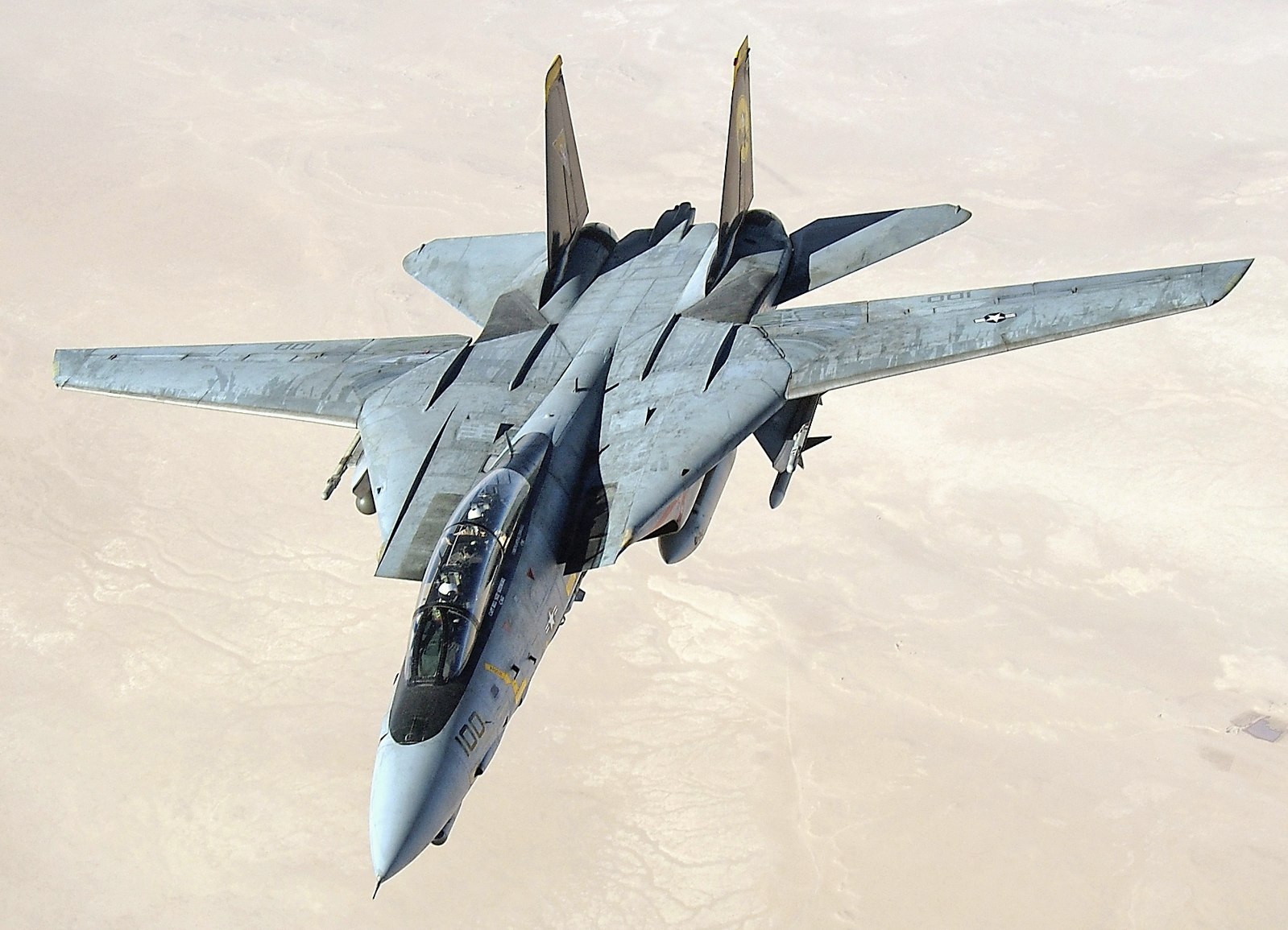
The F-14 Tomcat, developed by Grumman (now part of Northrop Grumman Corporation), served the U.S. Navy for over three decades as a premier long-range interceptor designed to shield American aircraft carriers from airborne threats.
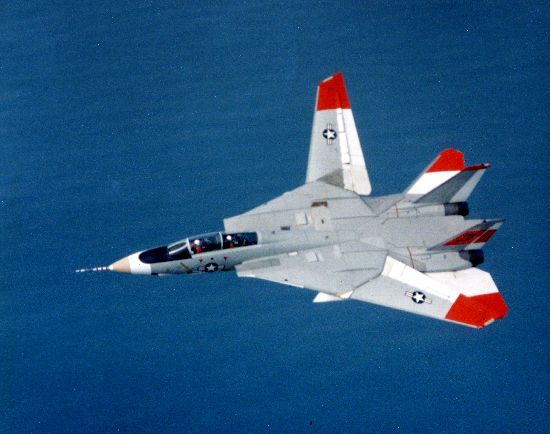
Known for its starring role in the Hollywood blockbuster “Top Gun,” the fighter jet became a cultural symbol of American aerial might.
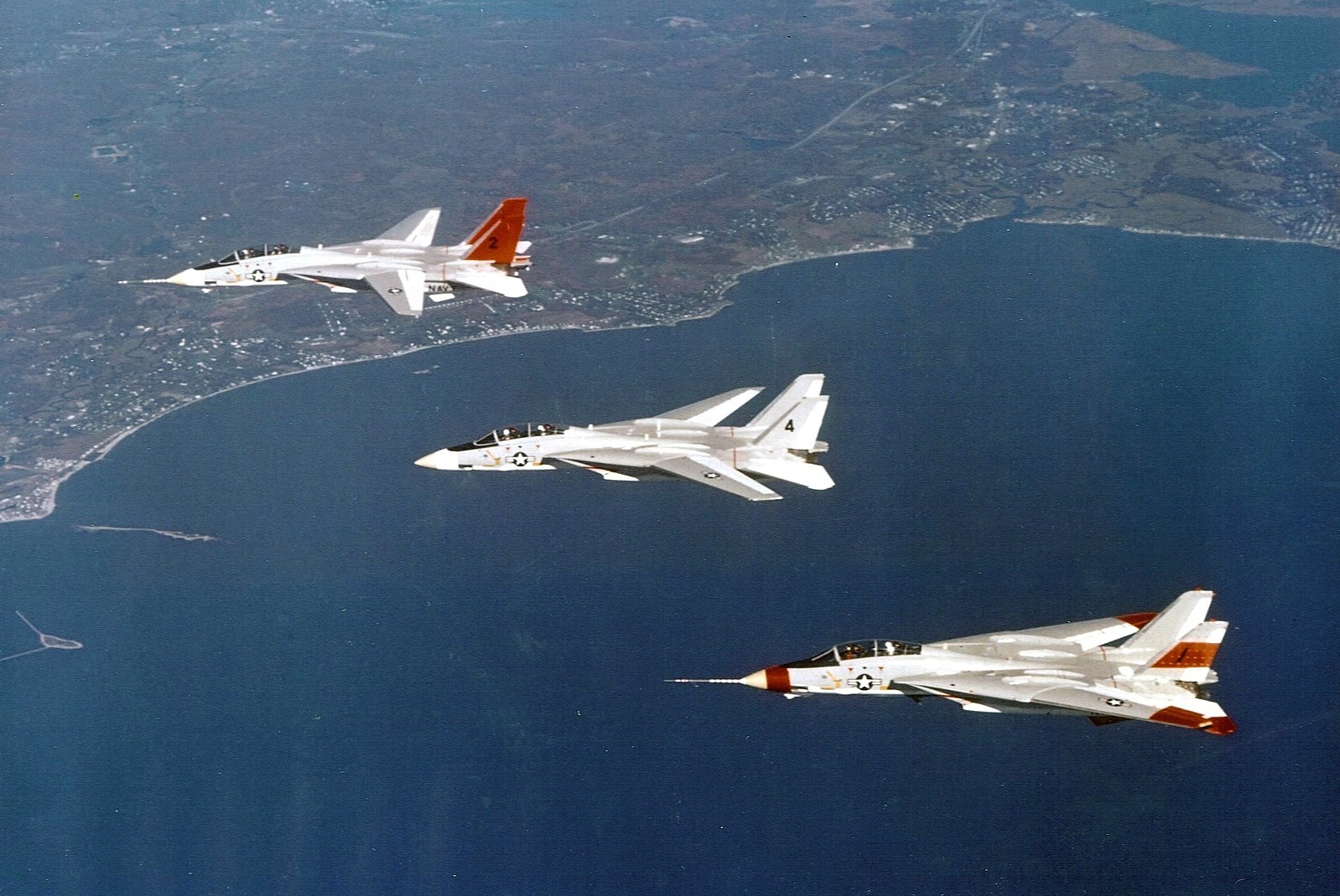
However, as advanced as it was, the Tomcat was eventually deemed too costly to maintain, and the decision was made to phase it out in favor of newer technology.
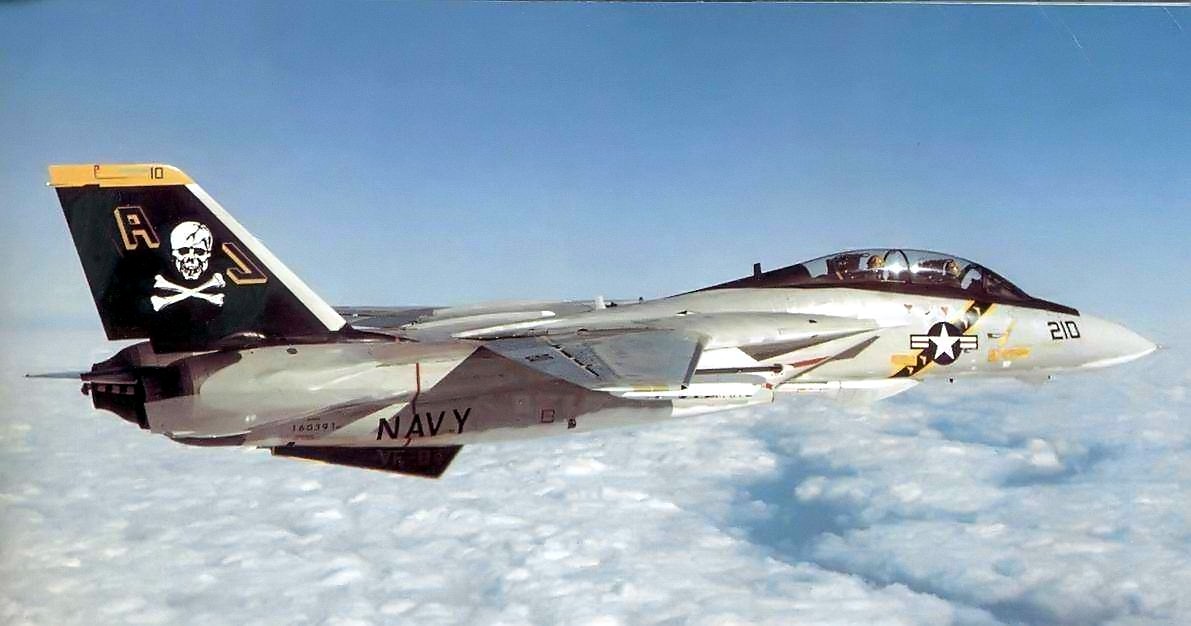
Iran received around 80 F-14s before the 1979 Islamic revolution and was the only non-U.S. operator of this aircraft type. Despite facing increasing isolation and sanctions, Iran made efforts to maintain its diminishing fleet of Tomcats, a fact that drew the attention of U.S. intelligence and defense agencies.
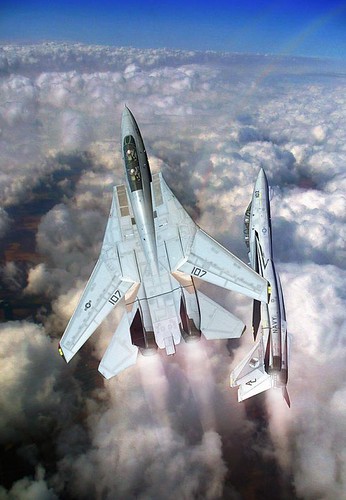
Concerns regarding the possibility of F-14 parts reaching Iran prompted decisive action by the United States. Following the retirement of these aircraft, a rigorous demilitarization process was implemented to prevent any exploitation of Tomcats or their components by hostile entities.
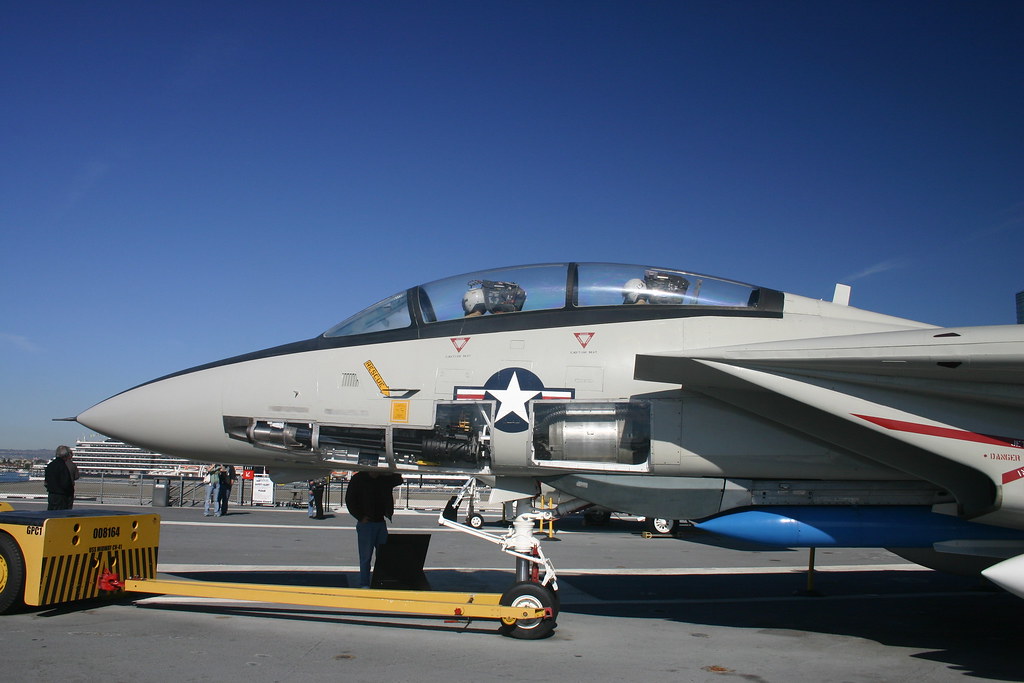
In 2007, a troubling oversight was discovered when federal agents seized four F-14s that had been retired between 1996 and 1998 but had not been properly demilitarized. These jets had been sold to private entities, such as air museums and a production company, for as little as $2,000 each through “unauthorized deals” that bypassed established protocols.
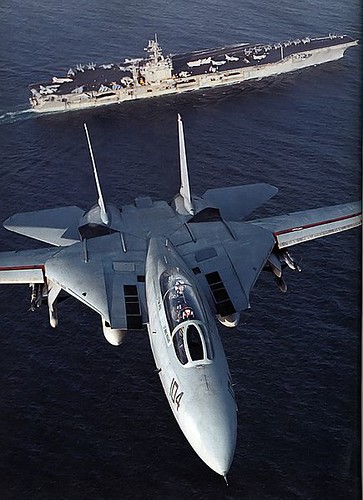
According to an affidavit filed by ICE Agent Joshua Barrett, the proceeds from these sales went to a Morale Welfare and Recreation Fund at Naval Base Ventura County, California.

ICE spokeswoman Virginia Kice commented on the risk posed by these oversights, stating, “The fact that they were not properly demilitarized certainly presents a potential vulnerability.”

As a result of these findings, all four aircraft were dismantled and transported to Tucson, Arizona, for final demilitarization, reinforcing the government’s commitment to security.

At the military’s boneyard at Davis-Monthan Air Force Base, countless retired Tomcats were shredded beyond recognition to ensure their technology could not be repurposed by Iran, which was still actively seeking parts for its F-14 fleet.
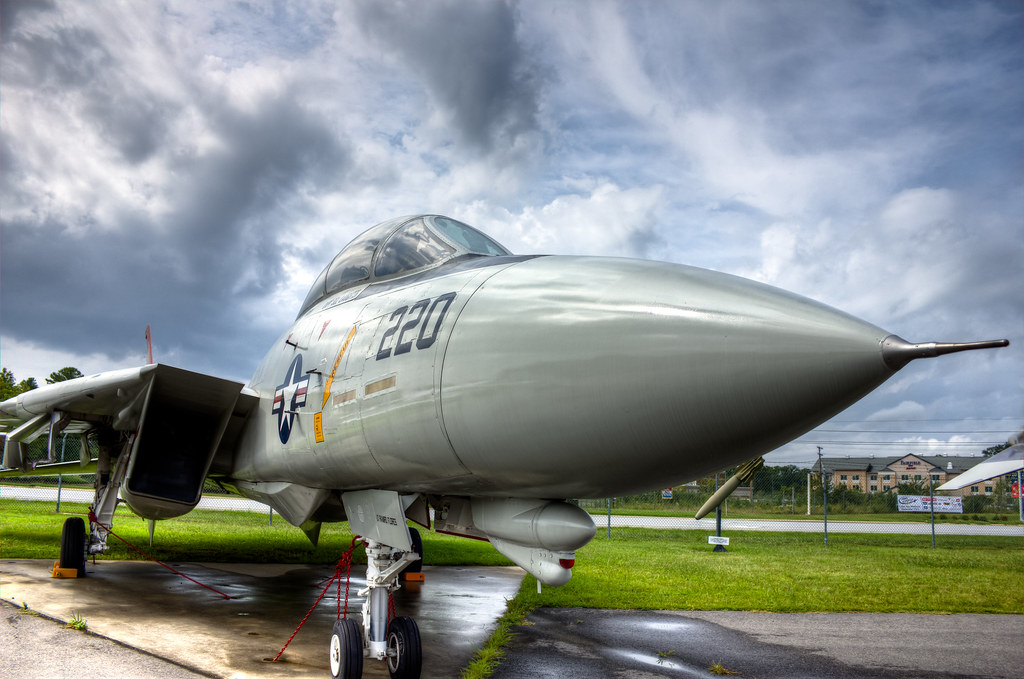
Bellisario stressed that his F-14 was acquired through the proper military channels. “They didn’t sell us one. They gave us one, and they removed the engines,” he told Los Angeles Times. “The Navy said to us, ‘We can give you an old aircraft, but we have to demil [demilitarize] it before we can give it to you.’ I just assumed that’s what happened.” Bellisario also noted that his F-14 had its back broken.

That is, the Navy sliced the Tomcat’s fuselage in half and welded it back together. This rendered the aircraft unable to fly but perfectly serviceable as a prop.
Relevant articles:
– F-14 | Description & History, britannica.com
– That time federal agents seized four F-14 Tomcat fighter jets, We Are The Mighty, May 31, 2022
– How The F-14 Tomcat Evolved And Became The Bombcat, The Aviationist, Dec 26, 2020
– Why So Many F-14 Tomcat Jets Were Destroyed By The Defense Department, SlashGear, Nov 29, 2023

